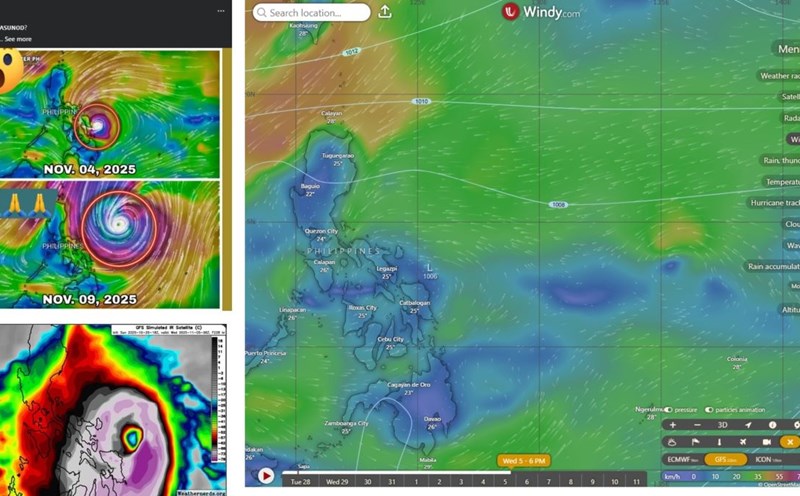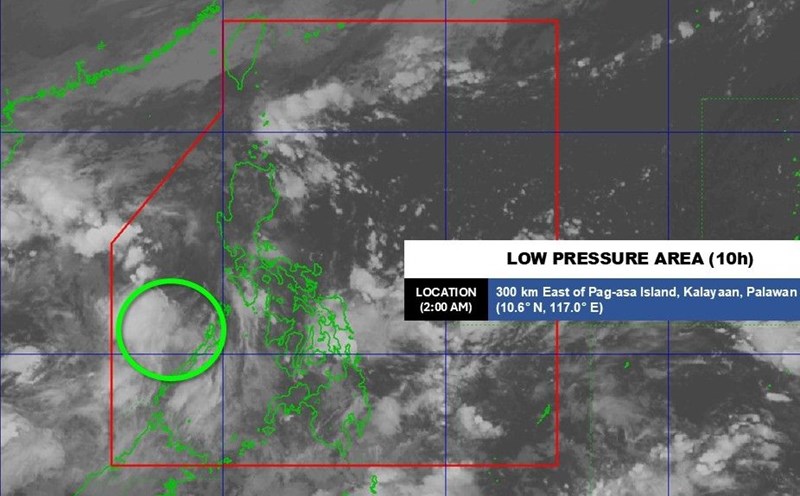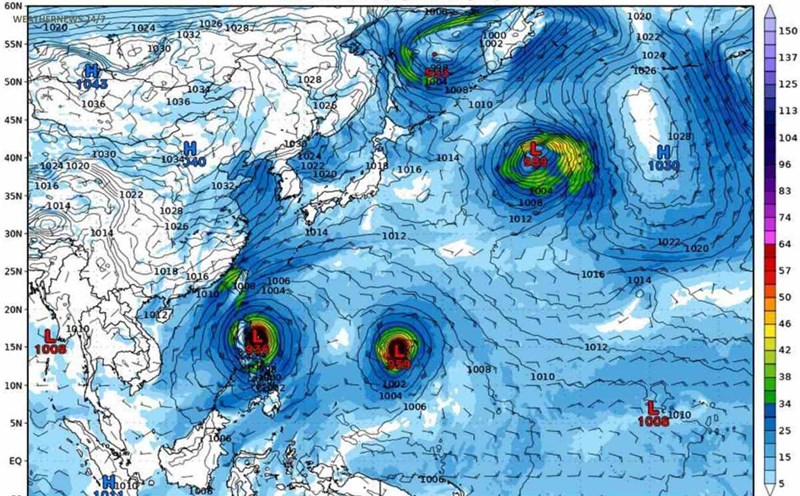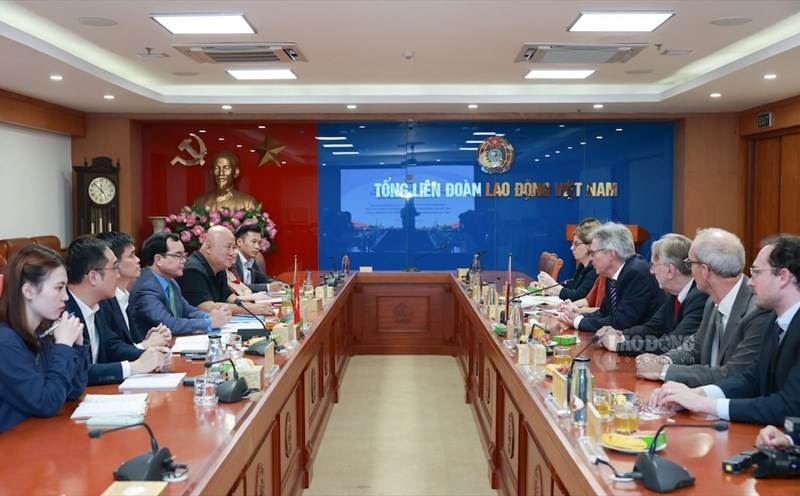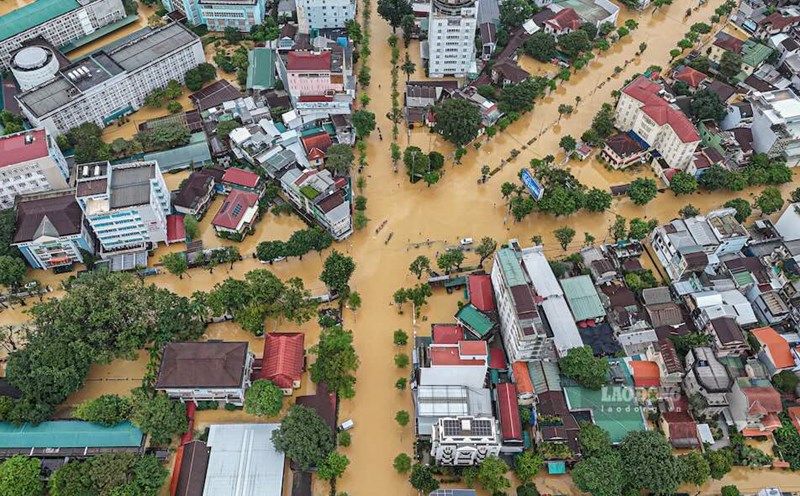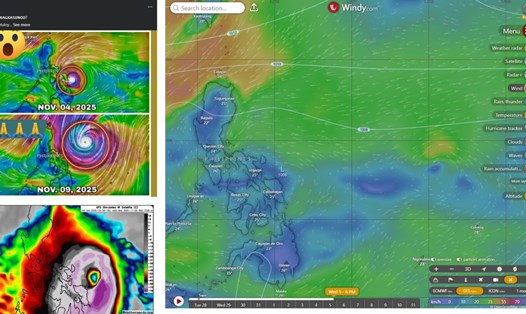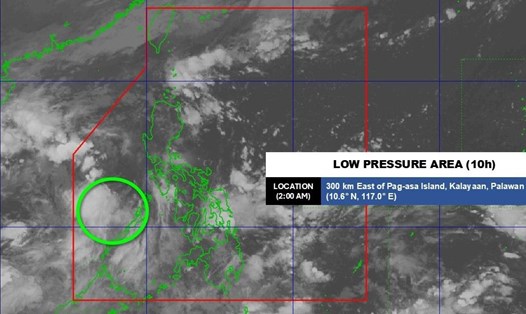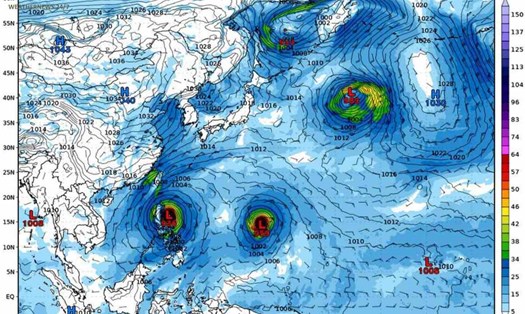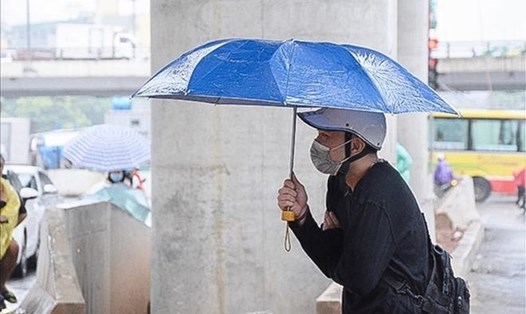On October 27, the Philippine Atmospheric, Geophysical and Astronomical Services Administration (PAGASA) officially announced the start of the northeast monsoon season (Amihan), forecasting colder weather in the coming months.
In an official announcement, PAGASA said that signs such as low temperatures and increased atmospheric pressure recently are clear evidence that the Amihan season has begun.
The agency further explained: "Over the past few days, we have observed a high pressure area (cold air mass) over East Asia strengthening, creating a strong northeasterly wind blowing into the Northernmost Luzon region."
The northeast monsoon, or Amihan, is a typical weather phenomenon affecting the Philippines and many other regions in Southeast Asia during the winter months in the Northern Hemisphere. It is formed by the pressure difference between the cold and dry air masses from continental Asia - usually Siberia and China - moving south and the warm air masses over the Pacific Ocean.
When the northeast monsoon is strong, it often carries drier and colder air, reducing temperatures and humidity, especially in the northern and eastern areas of the Philippines.
Meteorologists say that forecasts indicate that consecutive monsoons in the next two weeks could bring rough seas to the northern seas of Luzon. Ships need to be on guard against dangers when operating at sea during this time.
PAGASA forecasts that with this start, the northeast monsoon will increasingly affect most areas of the Philippines in the coming time. People can clearly feel the air becoming cooler and drier, occasionally there will be cold air waves that increase the temperature and drop the temperature.
The agency also noted that people need to be on guard against two dangerous weather phenomena that often accompany the Amihan season: rough seas and the appearance of "windbreaks". These are border areas where two different winds meet, often causing strong thunderstorms and sudden bad weather.
The beginning of the Amihan season also marks the official end of the southwest monsoon season (Habagat), which brings heavy rain and humid weather to the Philippines during the summer months.
Habagat season will end earlier this month. The transition between the two monsoon seasons is an important climate feature, greatly affecting agriculture, transportation and the daily life of the people of the Philippines.

